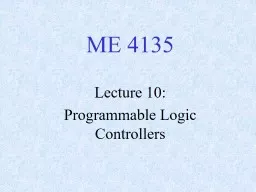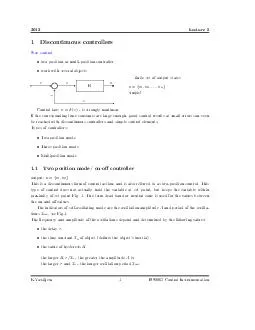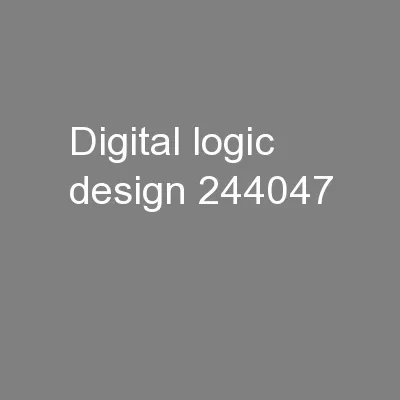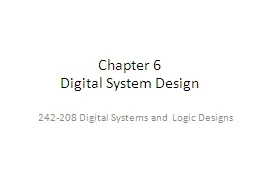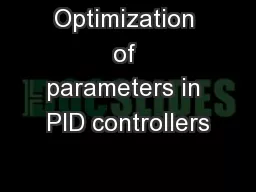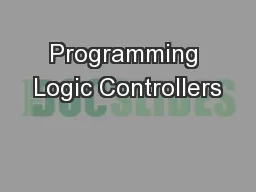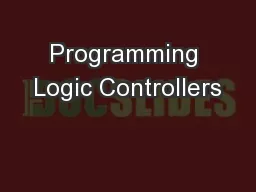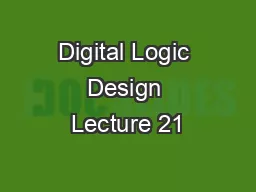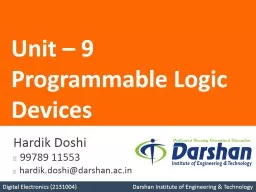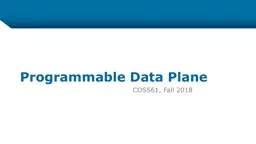PPT-ME 4135 Lecture 10: Programmable Logic Controllers
Author : luanne-stotts | Published Date : 2018-11-04
PLCs Are Similar to a Microcontroller Microprocessor Based Onboard Memory for Storing Programs Special Programming Language Ladder Logic InputOutput Ports PLCs
Presentation Embed Code
Download Presentation
Download Presentation The PPT/PDF document "ME 4135 Lecture 10: Programmable Logic ..." is the property of its rightful owner. Permission is granted to download and print the materials on this website for personal, non-commercial use only, and to display it on your personal computer provided you do not modify the materials and that you retain all copyright notices contained in the materials. By downloading content from our website, you accept the terms of this agreement.
ME 4135 Lecture 10: Programmable Logic Controllers: Transcript
Download Rules Of Document
"ME 4135 Lecture 10: Programmable Logic Controllers"The content belongs to its owner. You may download and print it for personal use, without modification, and keep all copyright notices. By downloading, you agree to these terms.
Related Documents

